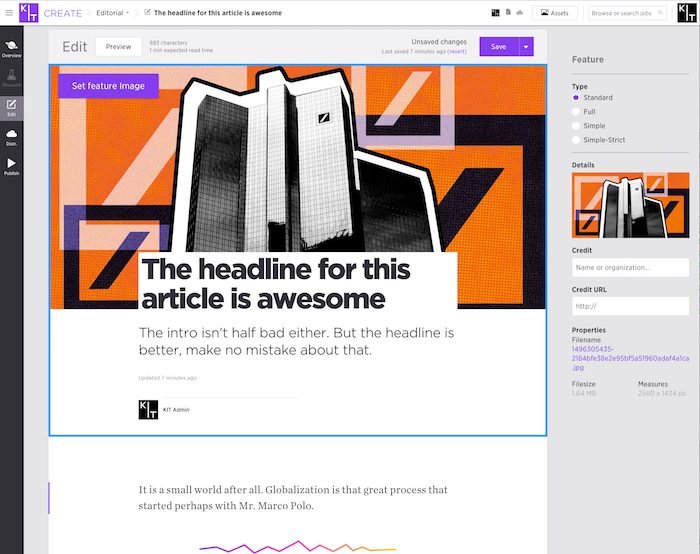
Every time a staffer at the Swedish news startup Kit produces a story — no matter if it’s a Facebook video recipe for avocado hummus or a text story on Kit’s own website about coal-fired powerplants — they have to fill out 17 categories of metadata that the company developed to classify stories.
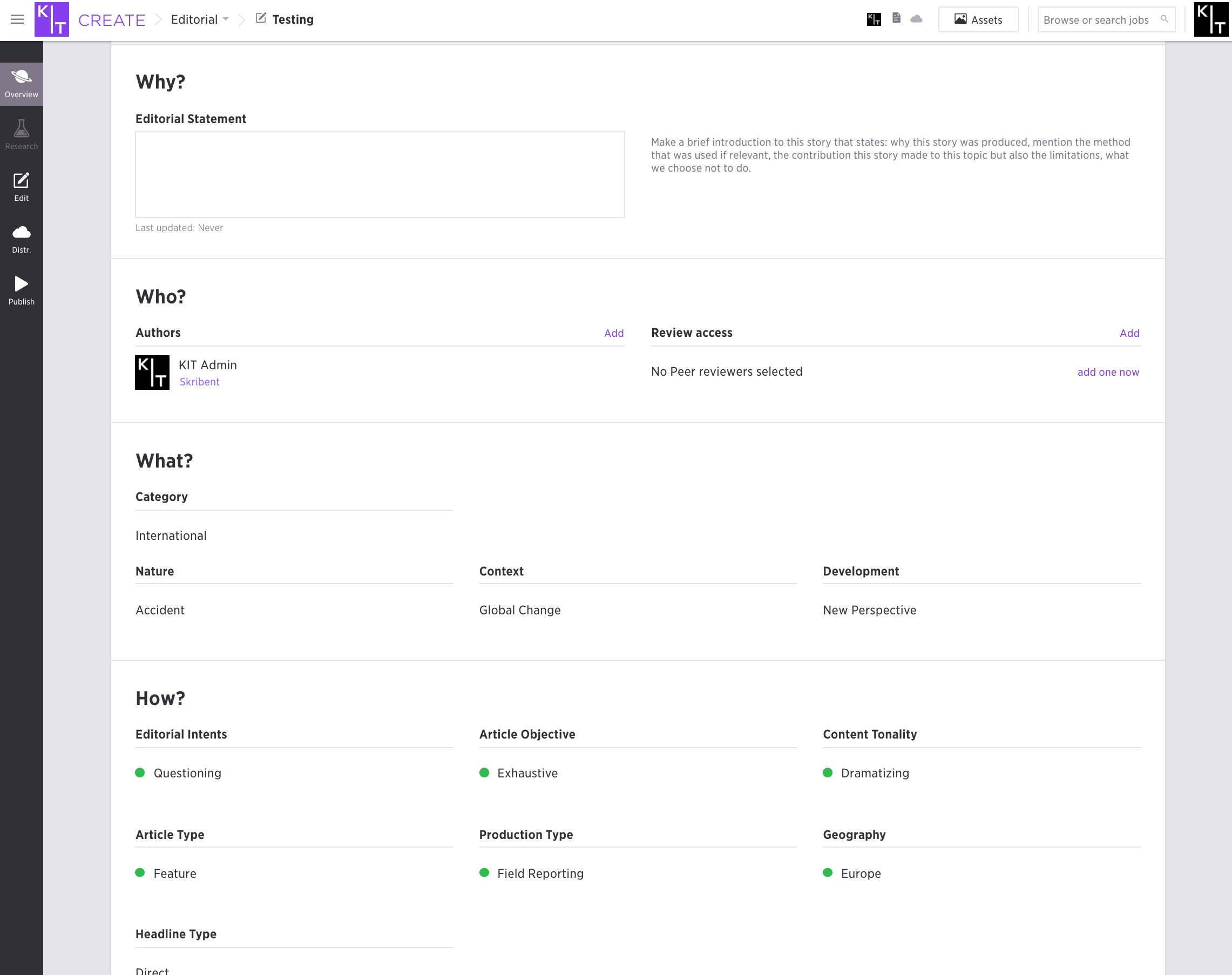
Those data points include 145 different classifications (for a total of 43 billion combinations) covering things such as the tone of the story (is it funny? Is it dry?) and the story’s intent (was it created to surprise the user? Is it supposed to explain something to them?)

Kit also collects more than 200 different output data points on every story, including time spent on the page, scroll depth, reach, engagement, and more, depending on the story’s format and the platform where it was posted.
The goal of collecting all the information is to create Kit Core, a taxonomy for editorial content and a more holistic overview of what makes a story successful, said Fredrik Strömberg, Kit’s cofounder and VP of product.
“We are trying to structure the editor part of this whole process,” said Strömberg. “A lot of data-driven editorial teams are looking at the subject: What do we want to write about? And there’s a a lot of data mining, data analysis, and text analysis engines that look at the content itself and say, well, shorter works better, or you should have seven images in there. We’re trying to fit in the space between the ‘what’ and ‘what came out of it’…Can I create the editorial assignment in such a structured way that somebody can receive this assignment and know what they are supposed to do?”
That’s the heart of Story Engine, the CMS that powers every aspect of Kit’s editorial processes — from story ideation through creation, publication, and distribution. Kit is primarily a distributed publisher, and everything it produces, no matter the platform where it is published, is created and distributed within Story Engine, which allows Kit to categorize stories in more nuanced ways and also optimize the content for each platform.

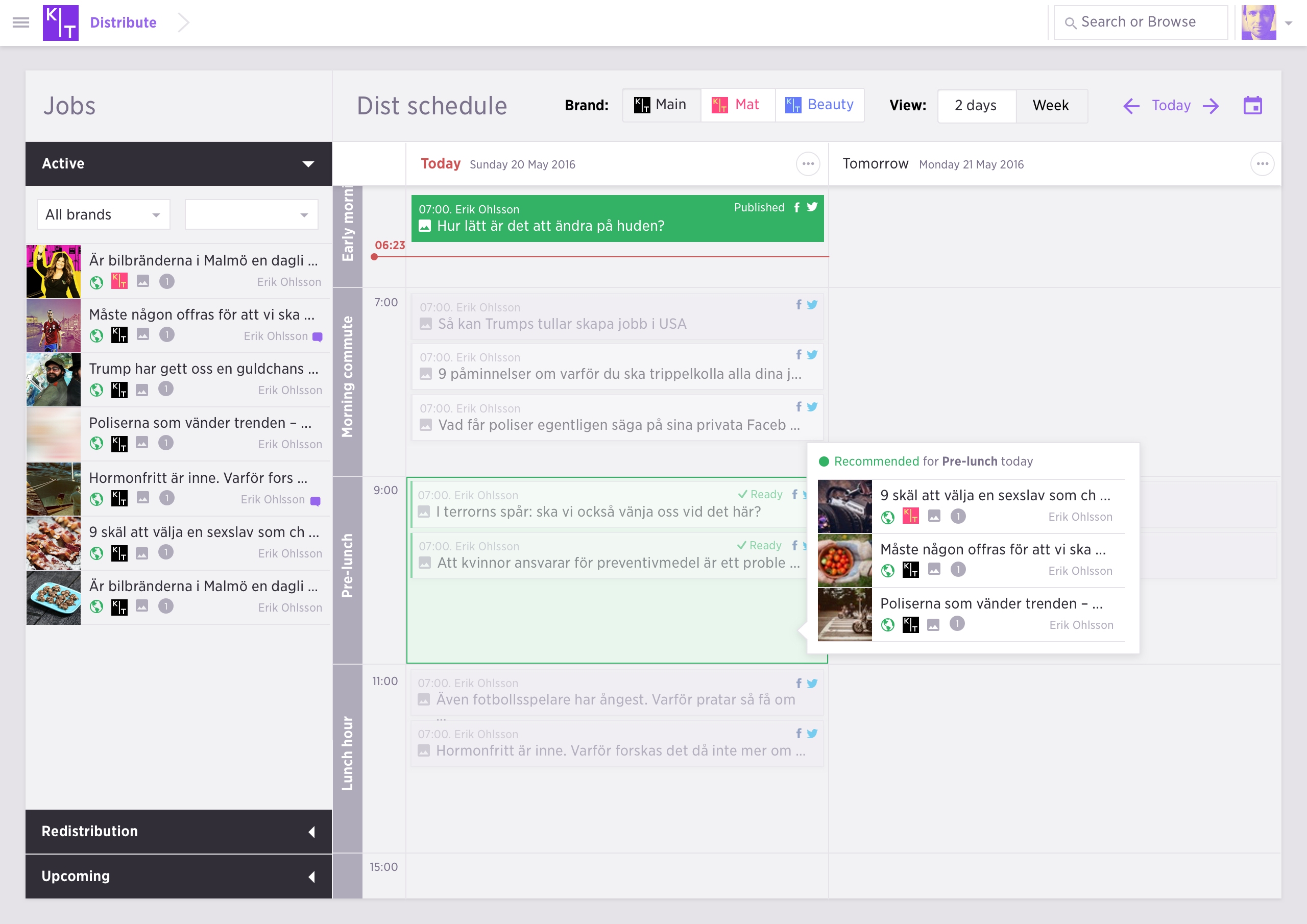
An example Strömbeg often shares compares two hypothetical boat accidents in the Mediterranean: One involves 12 Syrian refugees trying to reach Italy and the other includes 12 British tourists off the coast of the Gibraltar. Even though both stories could both be defined as accidents, they are dramatically different stories, he said.
“That would make a world of difference in how we cover that story, even though in a machine analytical way it’s the same thing,” Strömbeg said. “At the same time, how to cover the Olympics and the Nobel Peace Prize awards could be exactly the same…We’re trying to figure out — which is a bold claim — how to tell any story in the best way possible.”
The company uses a combination of the metadata staffers input and the analytics of how the stories perform to better understand how users consume different types of stories and content types on various platforms.
With video, for instance, virtually everything Kit creates is vertical or square ratio, and 97 percent of videos are created without sound, Peder Bonnier, Kit’s CEO and cofounder, said in an interview this spring in Copenhagen during WAN-IFRA’s Digital Media Europe conference. Kit measures viewer retention uses that information to offer guidelines to producers on how they should create a particular video — including tips on how the storyboard and script could be optimized, and showing when viewers tend to stop watching the video.
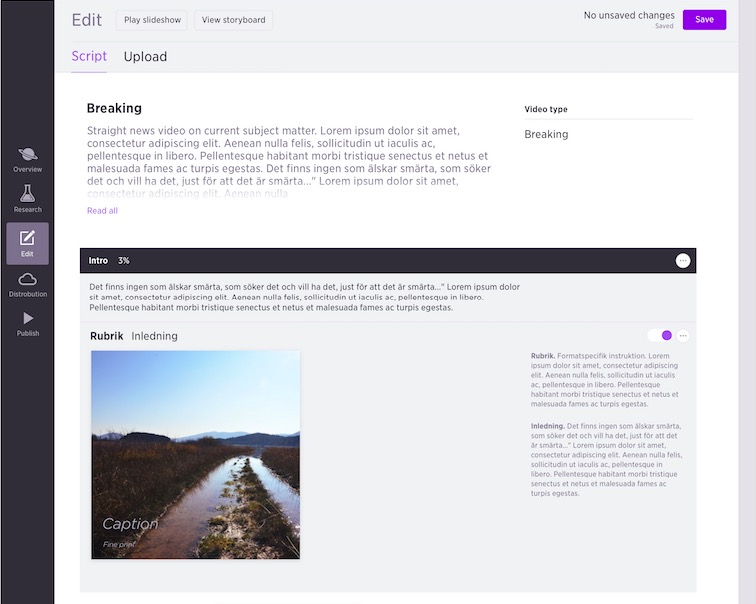
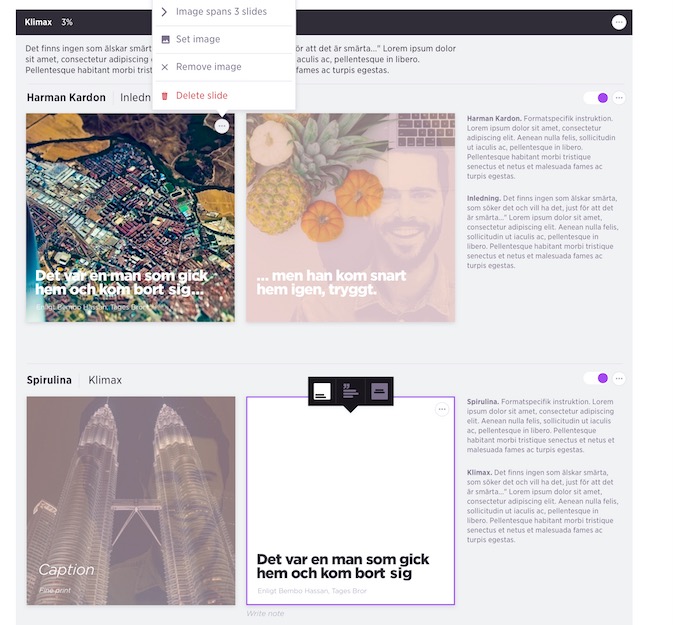
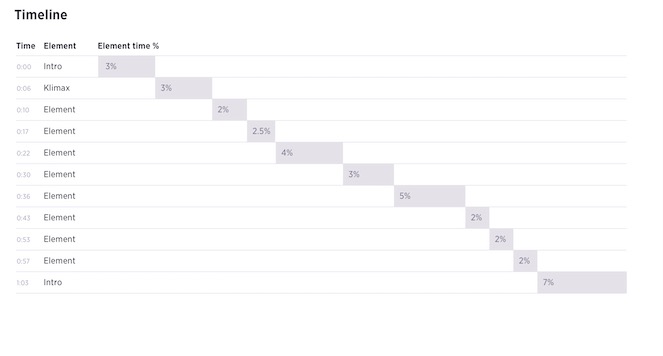
“Usually, you have the story — a video, article, or image — in your CMS and you measure performance on that story with some Javascript or Google Analytics,” Bonnier said. “Then you have a bunch of distribution items tied to that story: a Facebook post, a tweet, an Instagram post, or whatever. It’s difficult to tie those systems together, and the most insight you can get is: Maybe it’s better for us to publish this to Facebook on Thursdays. But we do all of this in the same system. We produce a job, we attach a bunch of categories to it, and then we produce a bunch of distribution items to the job and categorize those as well. It enables us to say things like: If you want [a story] to be read through, it should be distributed this way. If you want it to generate massive engagement, it should be generated this way.”
Kit was founded in late 2014 by Bonnier, Strömberg, and editor-in-chief and cofounder Robert Brännström. It began publishing in spring 2015, and now has about 30 employees, half of whom work on the editorial team.
The site received 50 million Swedish krona ($5.7 million USD) in funding from Bonnier Growth Media, the venture capital arm of the media giant Bonnier. (The three co-founders all previously worked for the company, and Bonnier is on its board.) Bonnier Growth Media owns 67 percent, with the co-founders and employees retaining the rest of the ownership.
Bonnier wouldn’t disclose how the company performed last year, though it lost 22 million krona ($2.53 million USD) in 2015 before it began generating any revenue, according to its annual report. Kit has been collecting editorial data since it launched, and last year it began offering access to its content insights to brands and advertisers.
“Our business is totally based on how to tell a specific story in the best way, and selling that insight back to advertisers,” Bonnier said.
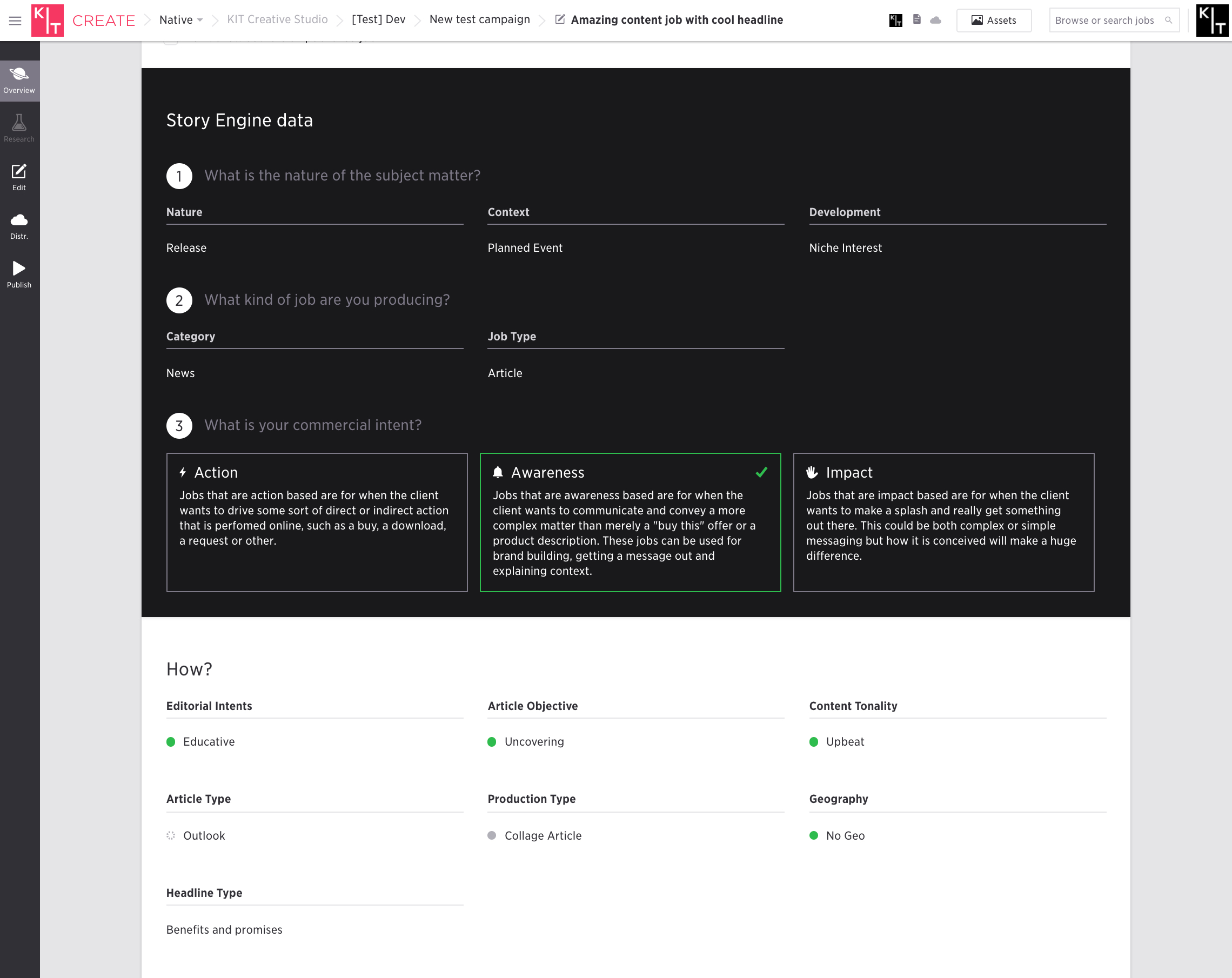
Editorial staffers are encouraged to experiment so Kit can see how different types of stories perform and continue to build out content forms.
For example, staffers recently changed the process of how they produce recipe videos. Traditionally, it had started with an overview of all the ingredients before going into the step-by-step instructions for how to actually make the recipe, ending with a scene showing the final dish. But they decided to try removing the ingredients overview and jump just straight into the recipe.
The move improved retention rates by 25 percent, Brännström said.
“We don’t want to mainstream the content that we produce,” he said. “We don’t want to just keep repeating what we know works. In every vertical that we’re in, we try to put 20 percent of the effort into developing new stuff or testing out stuff so that we don’t get stuck doing the same thing over and over again.”
In Sweden, Kit is now focused on growing its commercial operations. Bonnier said he could imagine Kit starting its own site or partnering with an existing news organization in another country, but for now the company remains primarily focused on Sweden.
As Kit continues to build its business, it’s focused on ensuring that its staffers and clients have the language to discuss and understand the data and understand what it’s telling them.
“You have to choose what you want to do, but you also have to have this language for it. If you just want to drive volume, then you have your set of tools or insights to do that. If you want to drive retention, content completion, more quality aspects of content, then that’s different from what drives reach,” Strömberg said. “We’re trying to get people to understand that this is not about doing something 1,000 percent better tomorrow. It’s about doing it better every day, having a structure for doing stuff better instead of just lucking out.”